ITS Lecturer Design Solution of Flood Reductions In Urban Areas
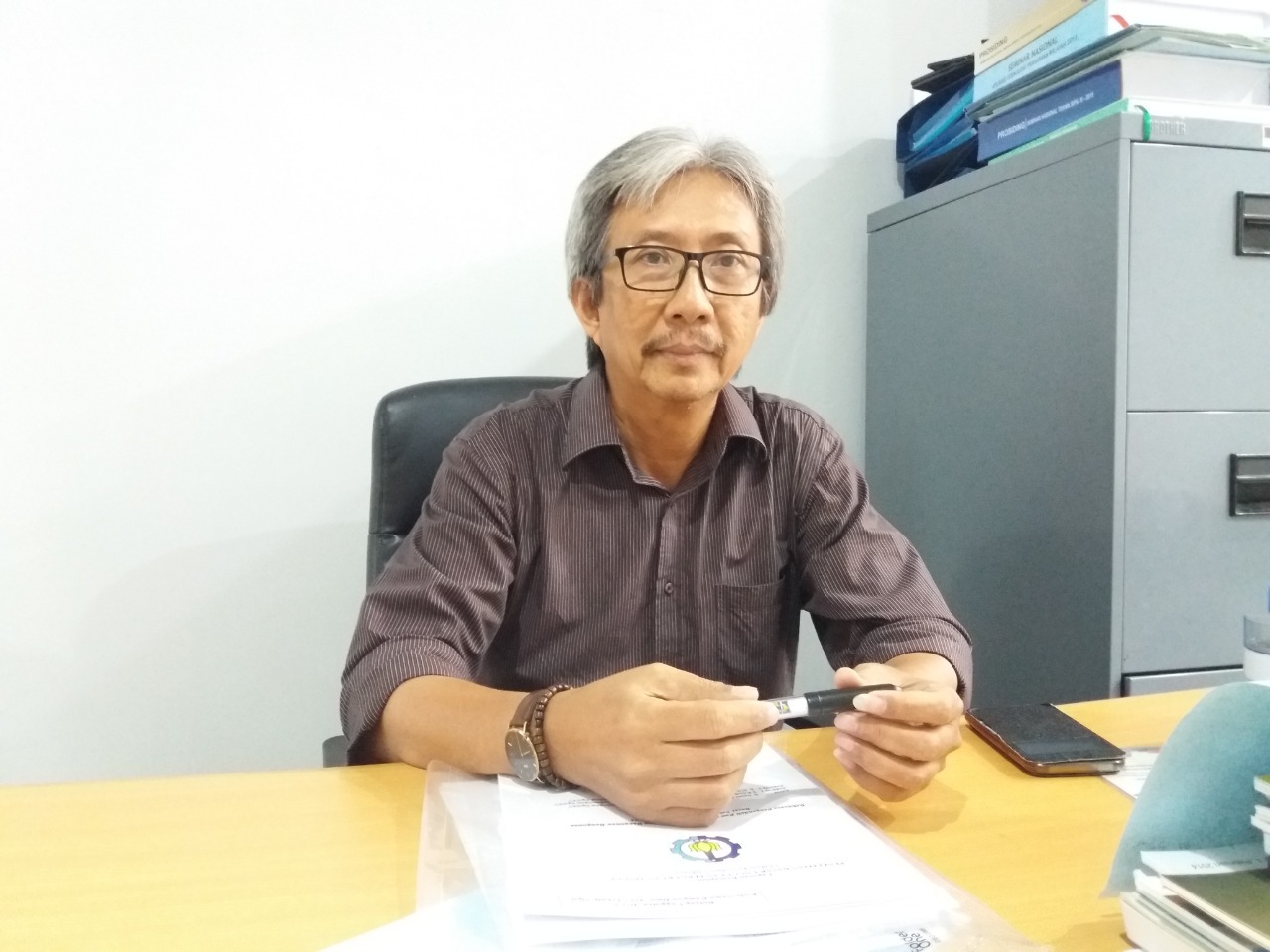
Ir Ismail Sa`ud M MT
ITS Campus, ITS News – the flood as if it had become a problem for urban areas each rainy season arrived, and inflict a slight loss of course. from that issue, Institut Teknologi Sepuluh Nopember (ITS) lecturer, Ir Ismail Sa’ud M MT examines the influence of high building on its contribution to increasing the volume of runoff water along with its solution.
The lecturer of the Department of Civil Infrastructure Engineeringexplained that nowadays, urban developments are happening very quickly and are impossible to avoid. Therefore, the function of land is increasingly a trend. The land that was formerly a rainwater catchment area, no longer able to perform its functions because it has been transformed into an awakened land. “With the possession of the land function, if there is rain then the water is absorbed decreases and becomes runoff or water flowing,” he explained.
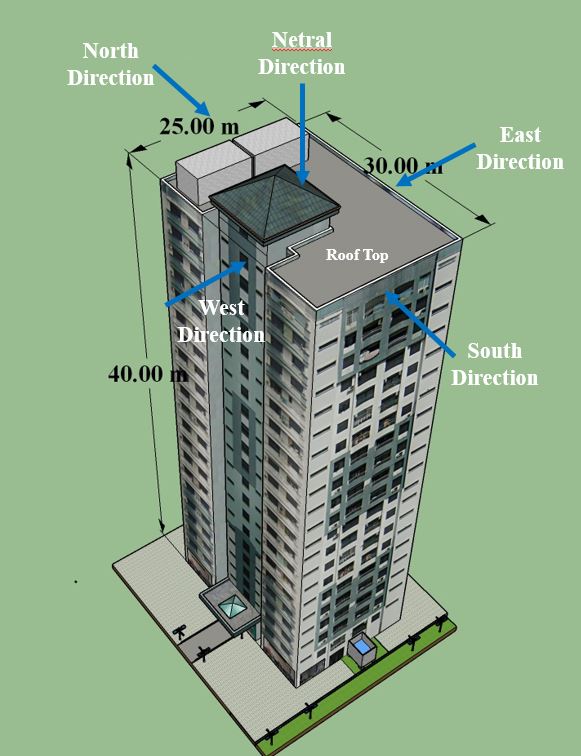
Building size schemes and wind direction regarding buildings
Explained by Ismail, urban developments are not only done horizontally but also vertically. This is evident from the many urban skyscrapers that include shopping centers, apartments, condominiums, offices, and hotels. In Surabaya itself, there are currently 65 tall buildings that have been built with heights of 20 to 79 floors and 65 other tall buildings with a height of 12 to 19 floors. The number has not been added to other high-rise buildings under construction.
On the other hand, according to Ismail, rainwater does not necessarily fall perpendicular to the influence of wind direction. Therefore, there is a slope that occurs when the raindrops fall. This raises the idea that the walls of tall buildings also affect the addition of the volume of rainwater because it increases the surface flow.
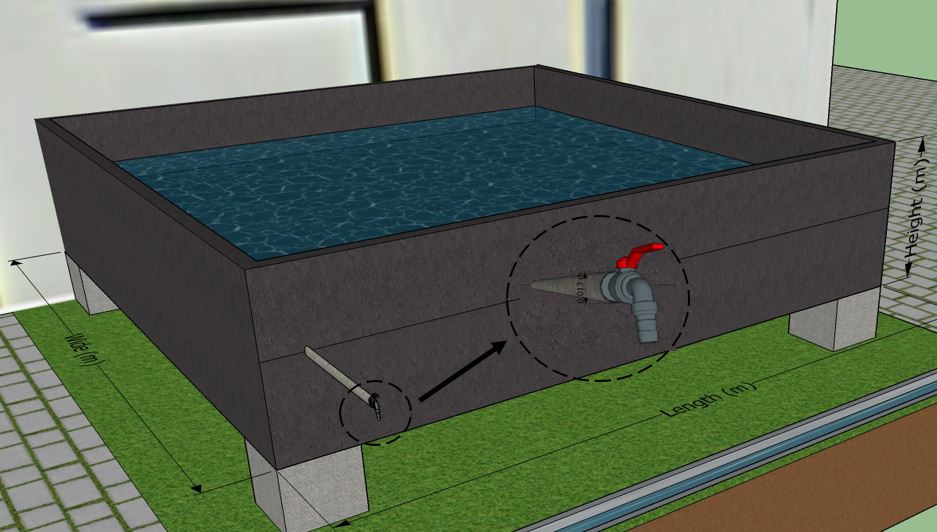
The design of a rainwater pond by Ir Ismail Sa’ud M MT
“There is another influence beside the replaceable land to be building land, namely the walls of high-rise buildings that have been influential to the addition of the run-off volume (the volume of the flow, red),” said this man.
But nowadays, Ismail reveals that the drainage plan of Surabaya (Surabaya Drainage Master Plan, SDMP 1998) does not consider the contribution of rainfall runoff from high-rise buildings. So the regulation on the control of rainwater runoff from high buildings does not exist.
Seeing the situation, Ismail admitted his curiosity was moved so that research on this study was done. “Therefore, special handling in controlling the rain runoff caused by high-rise buildings are also needed,” he remind.
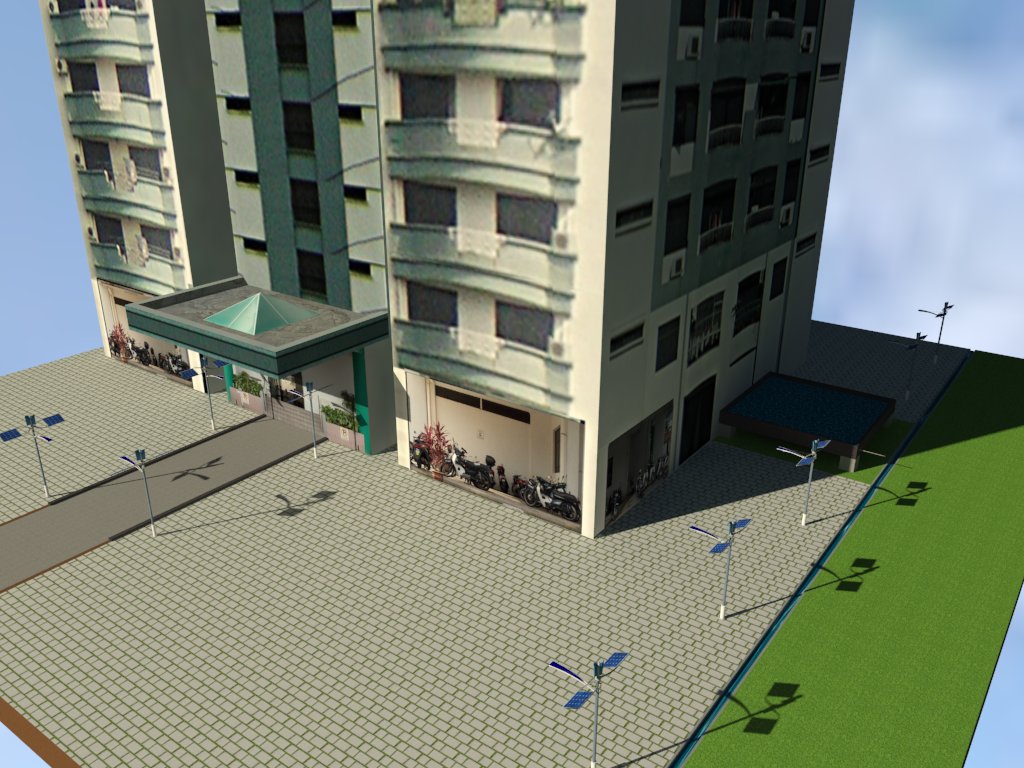
The design of a rainwater drop pond in addition to a high-rise building designed by Ir Ismail Sa’ud M MT
Based on the calculations he has done, the high vertical fields such as the building wall contributed 7 to 9 percent of the volume of rainwater. Therefore, the lecturer who born in Sidoarjo thought that these high-rise buildings should have a system of allocating rainwater itself so that it can help reduce urban flooding.
According to him, two considerations can be done. The first alternative is to provide temporary rainwater from each high-rise building. It is intended to allow the runoff of the walls of high-rise buildings not to burden the public channels that have been prepared by the Government. When the water in the public channel recedes, the water can be emptied in a way that is pumped out to be discarded or immuted.
Meanwhile, the second solution is to implement a rainwater harvesting system. Not much different from the first alternative, through this system the water is still accommodated but the difference is not discarded or infused but used as freshwater. “Rainwater is a blessing if it can be utilized as a provider of raw water that can be used to flush crops, wash, or other uses,” he said.
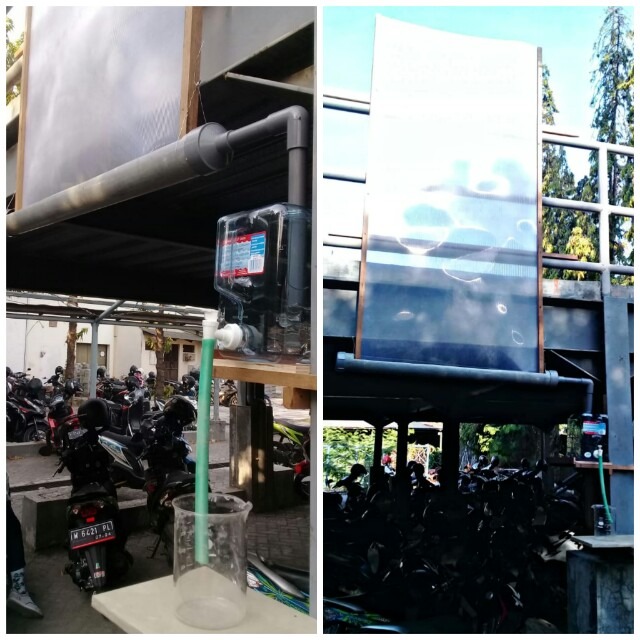
The vertical flat field as a substitute for building walls with capturing tools and rainwater containers
An alumnus of the Departement of Civil Engineering is also targeted for this system can be applied in the home environment of citizens, because there will be more profits gained. In addition to controlling the volume of rainwater runoff and preventing flooding, rainwater can also be optimally utilized as raw water. Ismail triggered this idea as a smart water allocation system (intelligent).
The utilization, according to Ismail, relates to the importance of the demand for raw water in the future. Nowadays, there is almost no problem regarding the availability of raw water, but it is undeniable that the raw water sourced from the River Basin (DAS) is decreasing both in terms of quality and quantity. This is because of the factors that have decreased the quality of freshwaters such as the influence of weather and human behavior that is difficult to avoid.
In the process said Ismail, research conducted in the ITS campus uses vertical flat areas to determine the influence of wind direction from all four corners of the wind. Furthermore, the rundown coefficient is also calculated to prove the addition of the volume of the runoff of the vertical flat areas.
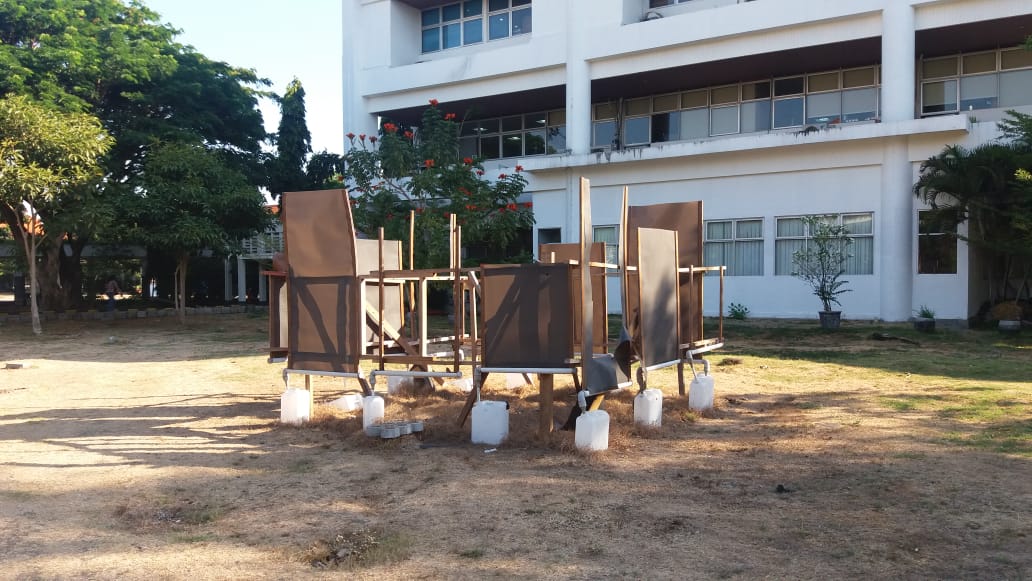
The research tool of Ir Ismail Sa’ud M MT is placed in ITS campus
Also, the research uses the Log-Pearson type III method to measure the rainfall occurring in Surabaya. “All these systematic calculations are then used to determine the dimensions of the reservoir needed as a flood reduction solution in urban areas,” he explained again.
Ismail hoped that this study could add new insights from the scientific side and could be further developed. Not only that, Ismail also hoped that his research could be a consideration for the Government in terms of the regulation of developers who want to build high-rise buildings to be responsible for reducing the volume of rainwater runoff. “Hopefully, the community is also encouraged to harvest rainwater. If it can be used, I think the profit can be wider, “he added.(ra/rev/ITS Public Relations)
Related News
-
Supporting the Development of Material Processes, ITS Professors Utilize Biomass Waste
ITS Campus, ITS News — Innovation in material processes continues to develop to support society’s need for environmentally friendly
February 24, 2020 21:02 -
ITS Professor Ideas for Bio-Corrosion Control in Marine Structures
ITS Campus, ITS News — Coastal and offshore buildings interacting directly with seawater trigger damage, including bio-corrosion. If not
February 24, 2020 21:02 -
ITS Launches the First Marine Floating Solar Power Plant Prototype in Indonesia
ITS Campus, ITS News — Institut Teknologi Sepuluh Nopember (ITS)‘s commitment in realizing the energy transition is getting serious.
February 24, 2020 21:02 -
Targeting Champion, Bayucaraka ITS Launches Flying Robot Innovation
ITS Campus, ITS News – The Bayucaraka team at Institut Teknologi Sepuluh Nopember (ITS) has launched four new flying
February 24, 2020 21:02
